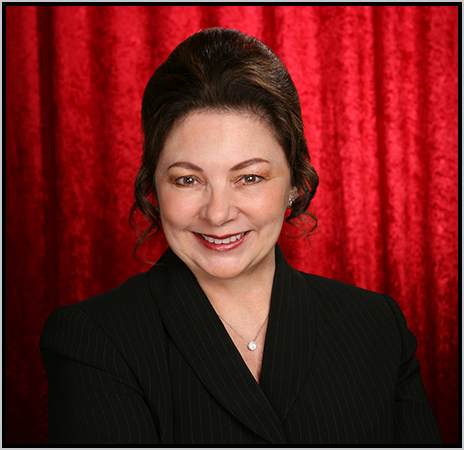
(An excerpt from The Santon Sacrifices)
On the first day of December, the school children ran to the church to look at the crèche before school started. Farther Benoît stood on the front steps of the Baroque façade, waiting to see the smiling faces of the children. His long black robe was tied around his waist with a wide black sash with long fringe ends. A narrow white clerical collar under the black Mandarin neckline of his robe was always present. When he went out into the night or cold, he wore an outer robe over his first that had a short shoulder cape, and then his sash went on the outside to secure them both. On his head he wore a black Biretta that covered half his forehead. The stiff square hat with three rounded ridges had a small black tassel attached on top. The children loved to tug on his waist sash fringes to get his attention when they had questions, but he didn’t mind. They were God’s young gifts to the village.
It was moments like this that confirmed within him that the love of Jesus and his story would be firmly embedded in these young hearts, and the beliefs of the church would continue into their adulthood. The children shuffled forward as the priest lit the candles in front of the display, so everything in the chapel was seen bathed in a warm glow. They pointed and commented on several of the figurines.
A boy in a brown jacket spoke up. “Look at the silly grin of Lou Ravi.” Another boy pointed to the young shepherd holding the lamb. “See the young shepherd. He looks so amazed.”
Another boy with rosy cheeks responded to him. “You’d be amazed too, if the baby Jesus was not in his crib.” They all laughed at that.
Another young man with curly brown hair spoke up next. “Look at the mayor. He looks so proud of the village.”
Still another young boy spoke, wearing a green coat. “Look at Claud, the blind man. He really does look like he is staring out into nothing.”
They pointed to the figurines that represented their fathers or mothers and smiled approvingly.
Then one boy with stubby fingers cocked his head in confusion. “Father Benoît, where is the hunter? Yesterday he stood on that hillside, but now I don’t see him.”
The priest carefully looked himself, running his eyes all around the tableau, thinking first that perhaps the figure had fallen, or that Monsieur Noel had moved the hunter to another place. But no, the child was correct. The figurine of the hunter was missing. He would seek out Monsieur Noel later that day and ask him. Perhaps a touch up of paint was needed? Then the first school bell rang, and the children ran off to school.
After his morning duties, Father Benoît made his way out of the church and got partway up the street at the other end of town to get to Monsieur Noel’s shop. As he was passing the butcher shop with the red awning over its large window, the butcher, Quentin Sorel, was speaking to Jean-Paul, the glazier, come for his morning ham.
“Monty is always bright and early, but this morning he hasn’t shown.”
“Perhaps he is still out hunting, or he simply slept in?” said Jean-Paul.
“Not likely. I can count on him showing up just as I am putting some sausages in the pan for our breakfast. Would you do me a favor, Jean-Paul? I know it is a bit out of your way, but would you mind going to his place? Who knows, he might have caught a chill while out hunting. The weather is turning cooler.”
Upon hearing Monty’s name, the priest could not help but pause.
“Excuse me, were you speaking about Monty Grosvenor?”
“Yes, Father. Why?”
“Now, that is odd. This morning, while viewing the crèche, one of the children noticed that the figurine of the hunter was missing.”
The three men exchanged looks and frowned, but it was Jean-Paul who responded. “I better head to his place right now.”
The priest nodded. “I’m coming with you.”
 The official website of Lita-Luise Chappell, writer on sex, magic, food, distant lands, and everyday life with articles, poetry, novels, travelogues, rituals, cookbooks, and short-stories.
The official website of Lita-Luise Chappell, writer on sex, magic, food, distant lands, and everyday life with articles, poetry, novels, travelogues, rituals, cookbooks, and short-stories.
